The goal for our energy future in Hawaiʻi is clear: Eliminate carbon emissions and rely on renewable resources every time we turn on a light, share a meal, or take a ride. But, as the saying goes, a goal without a plan is just a wish.

Marc Asano
We’ve already made significant progress. More than one-third of the electricity generated on the five islands served by Hawaiian Electric now comes from renewable resources, including solar, wind, geothermal, hydroelectric, biofuels, and waste-to-energy, as shown in Figure 1. Hawai’i Island leads the way with over half of its energy supplied by renewable resources.
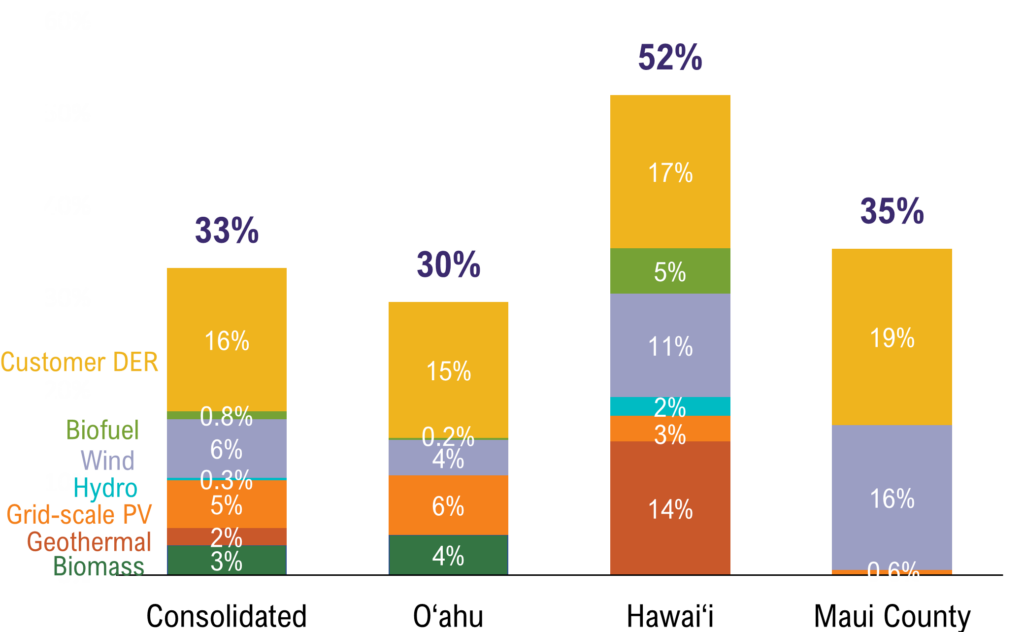
Figure 1: Hawaiian Electric Renewable Portfolio Standard by energy source. (Percentages by resource type may not sum to each island’s RPS total due to rounding.)
But there’s a lot more to do for us to achieve our goal. For nearly five years, we’ve collaborated with customers, communities, and technical advisors — a hallmark of our long-range planning process — to create a plan to achieve net-zero carbon emissions and 100% renewable energy by 2045. Our customers made their priorities clear: Energy must be both affordable and reliable.
The result is our “Integrated Grid Plan: A pathway to a clean energy future,” which charts the lowest-cost route for creating resilient, decarbonized grids to serve our island communities. It maps the essential actions that will reshape our electric grid to deliver on this fundamental need for stable pricing and power that our customers can count on.
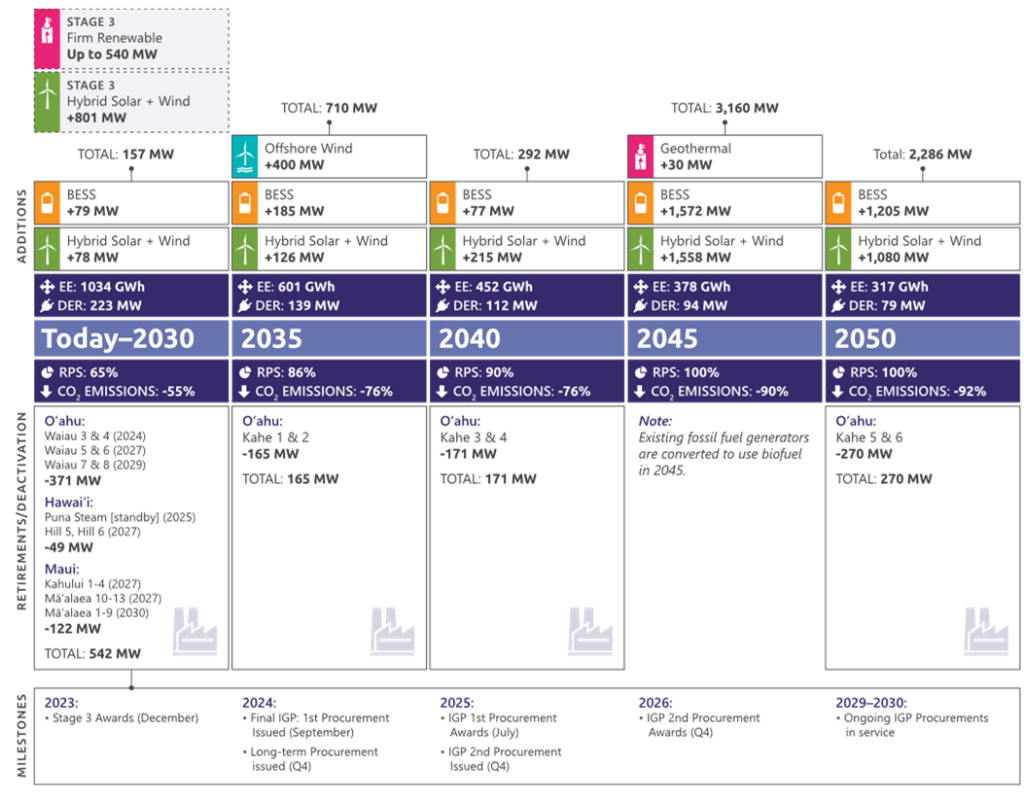
Figure 2: Proposed timeline of adding renewable resources, retiring or deactivating fossil fuel–based generation and reducing carbon emissions.
An Evolving Approach
We reinvented our planning process and transformed it into a leading industry practice. This inaugural integrated grid plan, an evolution from traditional integrated resource plans, introduced several novel concepts into our process — customer and community participation, probabilistic generation reliability risk assessment, and detailed system stability analyses on fast timescales intertwined with resource planning.
Customer and community participation is essential to decarbonizing Hawaiʻi’s economy. We worked with our stakeholders, communities, and customers who made important contributions to the development and improvement of our plans. We made information and meetings available and accessible through our customer information hub, Hawaiʻi Powered, that sought feedback and provided information in a relatable form. For example, affordability depends on our ability to integrate rooftop and large-scale solar projects. However, large-scale projects present land use challenges — balancing state objectives to increase sustainable agriculture, affordable housing, and clean energy — and equity concerns from communities that host clean energy infrastructure. We sought community feedback through our Hawaiʻi Powered website, showing potential locations where new projects and transmission infrastructure could be sited in various communities across the islands we serve, as shown in Figure 3.
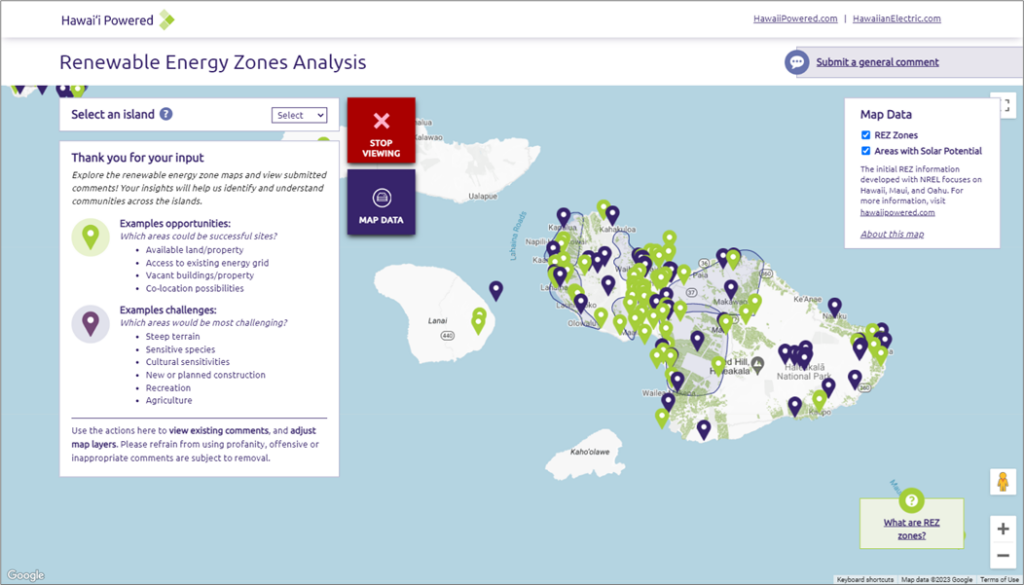
Figure 3: Screenshot of the REZ interactive maps that allowed customers to drop a pin and provide written comments on siting projects in specific locations.
Shoring Up Island Grids
A diverse grid is a reliable grid. We can’t compromise on reliability, and our plan calls for adding renewable firm generation that customers can count on through rain or shine. This diverse array of wind, solar, storage, and firm renewables like geothermal will help us recover more quickly from disasters and shield customers from fluctuating costs of fossil fuel. The probabilistic modeling we performed tested our ability to serve demand in future years as load grows from electrified transportation. We randomized the effects of weather and unexpected outages of our firm generation fleet to determine the probability of not being able to serve load. Heat maps, as shown in Figure 4, identify the elevated risk periods that are heavily dependent on rooftop and large-scale solar and wind resources. They reveal that a high-renewable system is most at risk in the times of day and seasons where there is reduced availability of renewables, shown in yellow and red shading. Firm generation can shore up reliability in those periods by providing back up generation only when it’s needed.
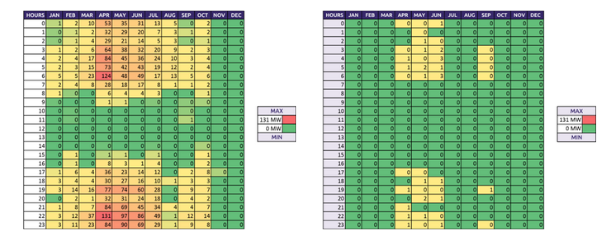
Figure 4: Left: Oʻahu system with no new firm and 450 MW of new hybrid solar showing high risk periods in 2030 in the evenings and morning when batteries may not be charged due to poor weather or depleted after serving the previous day’s evening peak. Right: The addition of firm generation can significantly reduce the risks of unserved energy in 2030.
Tapping New Technologies
New technologies are critical to a secure system. We must remain flexible and adaptable as new technologies develop, particularly those that use less land and are not weather dependent. There’s promise for enhanced geothermal resources, and more investment is needed. In the near term we found that grid-forming technology on inverter-based resources like solar paired with battery energy storage help to stabilize the system. Transient stability studies in millisecond timescales are the new gold standard in high-renewable systems, and are an important part of long-term grid planning. New grid-forming capability can assist in stabilizing the system in place of conventional fossil fuel generation that traditionally provided physical rotating mass of inertia. We have our first glimpse of these new technologies at work through the Kapolei Energy Storage system, a 135 MW grid-forming battery with 50 MW fast frequency response, on Oʻahu. Figure 5 illustrates the actual response of the Kapolei Energy Storage grid-forming inverter quickly stabilizing the system upon the trip of a turbine-generator.
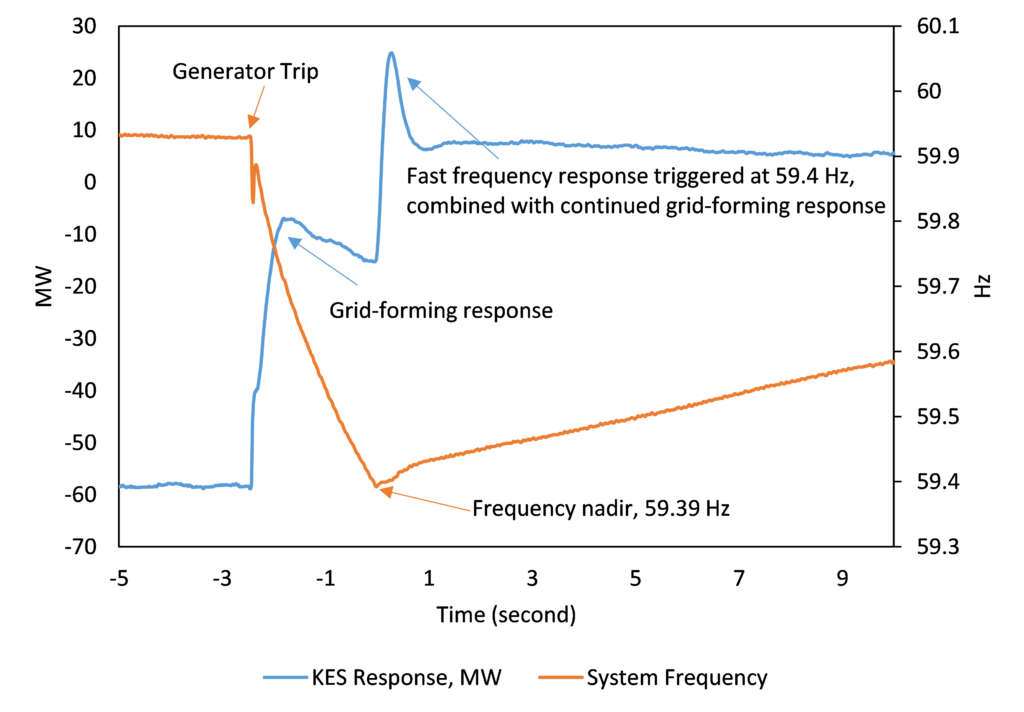
Figure 5: Grid-forming response of Kapolei Energy Storage Battery.
Executing the Integrated Grid Plan
We’re already putting our plans into action. We recently concluded a third phase of procurements that will bolster reliability, increase clean energy, and enable retirement of fossil fuel generation. Through a rigorous competitive procurement process that employed many of the novel modeling methods used in the integrated grid plan, we awarded seven projects on Oʻahu, four on Hawaiʻi Island, and five on Maui totaling 517 MW of variable generation, 694 MW of firm generation, and 2.1 gigawatt-hours of storage. These projects are currently undergoing negotiations for long-term contracts. Especially important is a new requirement for these projects to provide a financial community benefits package to support surrounding communities.
We plan to continue competitive procurements to acquire renewable energy and other essential grid services such as grid-forming and contingency reserves. We also seek to acquire resources that take longer to develop such as offshore wind and other resources that require new transmission capacity.
Collaboration with Communities
Most importantly, we will continue to listen and learn. Our plan calls for engaging with communities early and often throughout the development of future energy projects, including the siting of transmission infrastructure, which is critical for connecting new generation projects to customers. It’s essential that communities, developers, and governmental agencies walk side by side on this journey. The continued focus on energy equity will yield additional improvements to our procurement processes. No single company, organization, or government agency can meet this challenge alone. Armed with a plan and committed to doing the hard work, we can do something about it, together.
Marc Asano
Director, Integrated Grid Planning
Hawaiian Electric

Leave a Reply